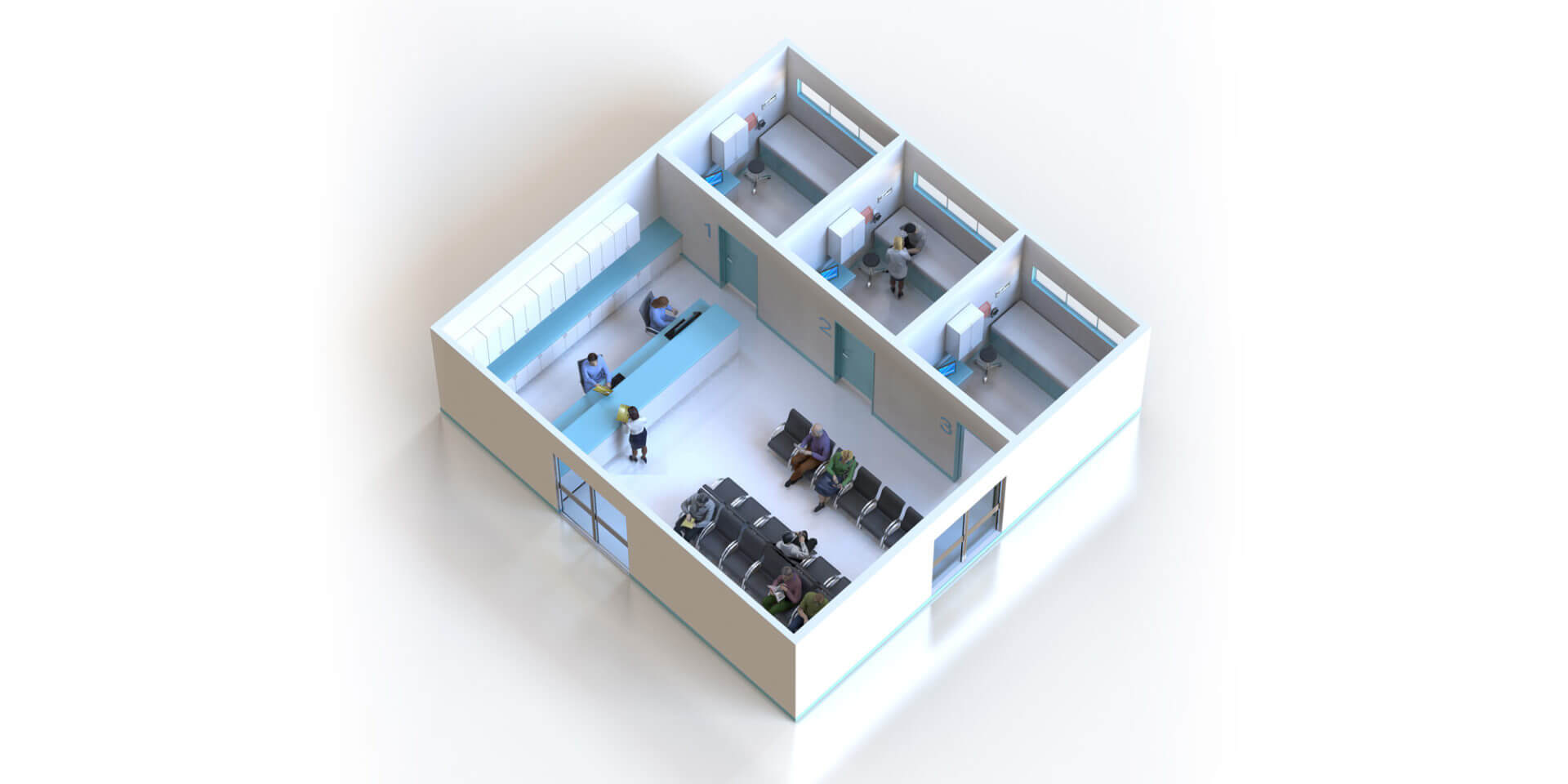Engineer Walks Into a Hospital…
USC Viterbi’s David Belson wants to take the wait out of hospital waiting rooms.
By Marc Ballon
For more, click here to read “The Man Who Declared War on Waste”
Hospital waiting rooms. Those three words conjure up images of long lines, harried nurses, interminable waits and frustration all around. USC Viterbi adjunct faculty member David Belson, Ph.D. ’70, understands the pain. A professor of industrial and systems engineering, he has for decades served as a hospital consultant to help rationalize operations.
“You want to keep things flowing like a river,” he said. “When there are starts and stops, things get a bit dammed up, then ‘lakes’—such as queues and crowded waiting rooms—occur.” Belson shared suggestions for keeping those waiting rooms flowing:
Nurses should put patients in adjacent exam rooms to make it easier for doctors and nurses to see them as efficiently and quickly as possibly. Exam rooms with faster turnover could translate into shorter waiting room stays.
When a patient checks in, he or she could receive a wristband with an implanted RFID chip. If after 20 minutes the patient has yet to be seen, the wristband would automatically trigger a reminder to a nurse. That alert, Belson said, could expedite the process.
Hospital administrators waste entirely too much time having patients fill out the same forms again and again detailing their medical histories, he said. Better for all hospitals to use the same computer system so that doctors and nurses could easily and quickly access patient histories and seek only new and relevant information.
Another advantage to using a uniform computer system is that temporary nurses and administrators filling in for sick colleagues don’t have to learn a new system whenever they work at different hospital. Instead of wasting time on computers, they could instead focus on caring for patients and moving them out of waiting rooms.
Nurses should give patients paperwork to fill out when they check in instead after they are shown to exam rooms. Doing so would avoid bottlenecks that create delays, Belson said.
Keep it simple. All exam rooms should have identical setups, with computers, sinks and syringes all in the same place. Such standardization would make it easier for doctors and nurses to quickly find the equipment they need, and those time savings could trickle down into shorter waiting room visits.










